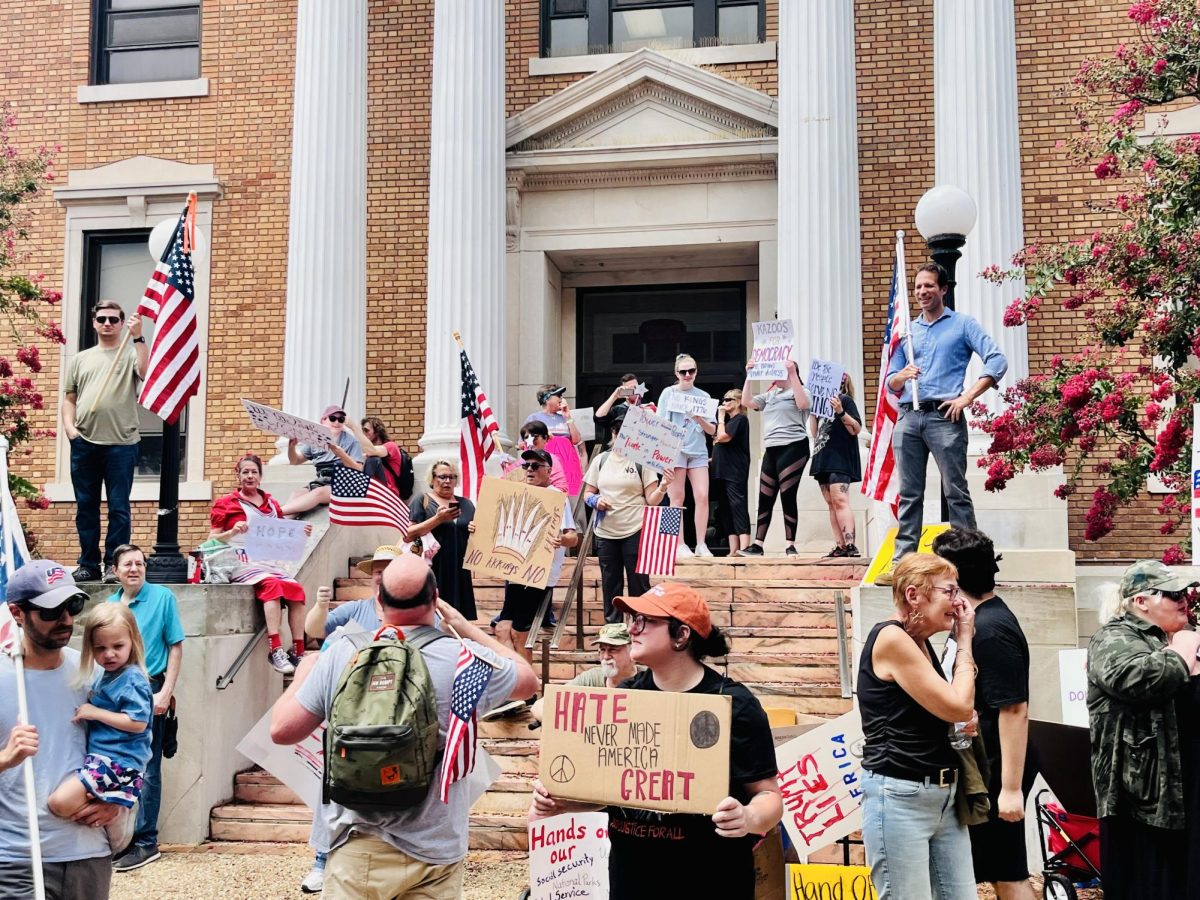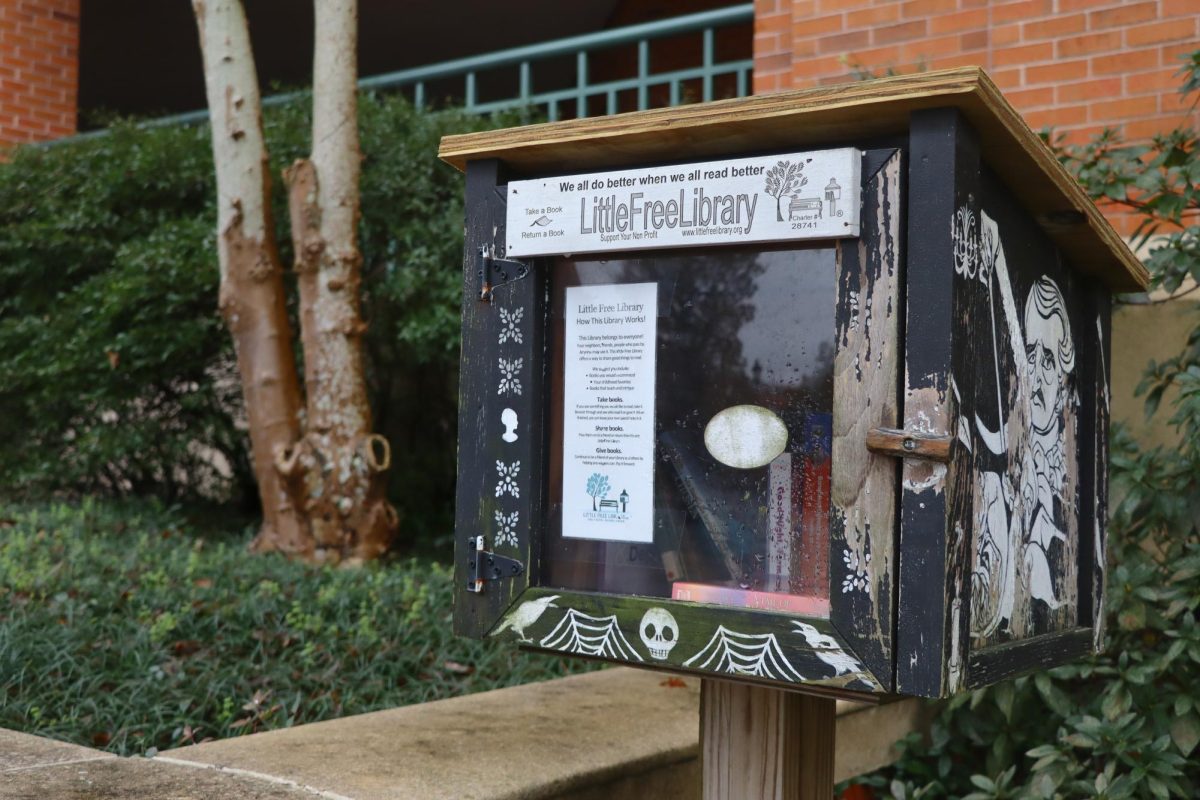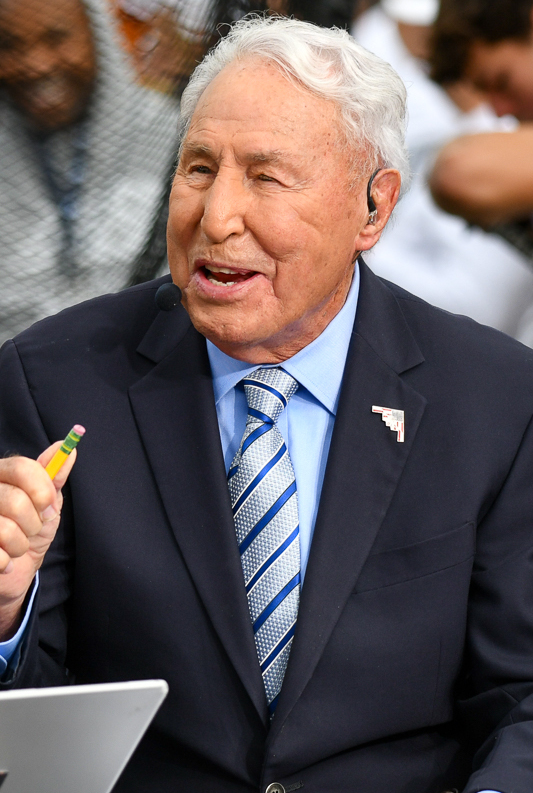In mid-March, the Trump administration released the 2018 budget blueprint.
While the agencies of defense, veterans affairs and homeland security received budget increases ranging from five to 10 percent, others saw significant decreases in funding or the plan to be completely eliminated. Among the latter is the National Endowment for the Arts (NEA).
Currently, the NEA is annually allocated $148 million. The NEA then appropriates a portion of that money to the states, allowing for state art agencies to decide what to do with the money. However, individuals and organizations are allowed to apply for grants used for new and existing projects.
Completely abolishing the NEA would be most devastating to poverty-stricken neighborhoods. In the NEA’s revamped FAQ section in response to Trump’s proposed 2018 budget, the NEA denies accusations of funding elitist programs
According to the NEA, 40 percent of NEA-supported activities take place in high-poverty neighborhoods while 36 percent of NEA grants go to organizations that reach underserved populations such as people with disabilities, people in institutions and veterans. Finally, the NEA claims that more than half of NEA-funded art events take place in locations where the median household income is less than $50,000.
The NEA is well-intentioned and has been since its inception in 1965 with the support of former President Lyndon B. Johnson. When signing the National Foundation on the Arts and the Humanities Act into effect, Johnson said, “A high civilization must not limit its efforts to science and technology alone but must give full value and support to the other great branches of man’s scholarly and cultural activity.”
In a world where STEM majors have a superiority complex, I absolutely agree with Johnson. Without contributors to the arts, America nor any other nation would have a meaningful source of culture. The arts are a way of entertaining the masses, but also a way for the performer to have a creative outlet to release frustrations in a healthy, socially- acceptable fashion and actually, make him/her a better chance at success.
According to a 2012 NEA report, students who came from low socioeconomic backgrounds but exhibited high engagements in the arts were found to be more likely to graduate from high school, attend and finish college and register to vote than students who came from similar backgrounds and did not engage in the arts.
With those statistics in mind, it is obvious why advocates of the NEA endorse its funding. With low-income students being able to put their energy into something positive, they are less likely to engage in crime-related activities – something the Trump administration has been vocally adamant in defeating.
The Trump administration has also adapted and popularized the “America First” policy. Just by glancing at the phrase, one would interpret the phrase to mean that America’s involvement in international affairs is going to be decreased. According to the White House website, the Trump America First policy can be divided into two main sections: Foreign Policy and Energy Plan.
In the foreign policy section, the Trump adminstration plans to defeat ISIS, rebuild our military, embrace diplomacy and make trade deals in the interest of the average, blue-collar American worker. The energy plan section briefly speaks about maximizing the use of American resources while lowering costs.
The 2018 budget blueprint reflects the Trump administration’s goal of being seen as a force to be reckoned with in regards to national security, thus putting America as a whole first.
However, by decreasing funds for the education, housing and urban development and agriculture, the administration does not appear to be prioritizing American citizens.
While I do understand that the administration clearly values national security, there has never been a time when we have not been a military power. Therefore, increases in budget pertaining to defense do not seem necessary. The education, housing and urban development and agriculture departments surely could have used a budget increase instead.
That being said, while the Trump administration is certainly not a fan of the arts, I see no reason to eliminate the NEA. The NEA has seen many budget fluctuations over the years. In 1966 they received about 2.8 million dollars. The highest amount that has been appropriated to the NEA was 175.9 million dollars in 1992. The annual amounts are a reflection of the administration’s views on the arts. Though legislation has been introduced to abolish the NEA (the most recent time being 1981), no administration has succeeded.
By 2018, with future generations in mind, President Trump will decide to decrease the NEA’s funding rather than abolish it completely.
































![NEAGrants[Alex]10.01.15[9.07]_clean](https://www.studentprintz.com/wp-content/uploads/2017/04/NEA-2-796x1024.jpg)






